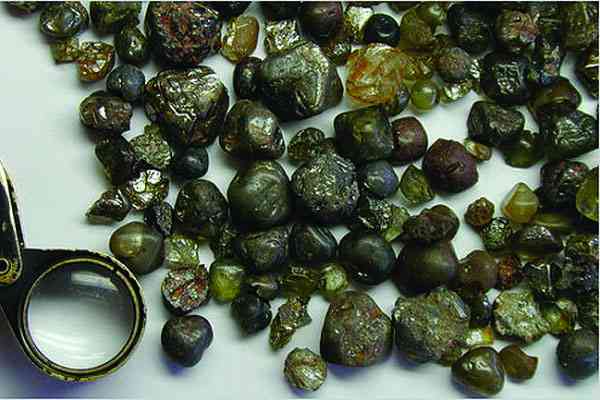
ZIMBABWE’S exports are concentrated in a few tariff lines and markets, making them highly vulnerable to external shocks, a report by the Competition and Tariff Commission (CTC) shows. In its latest report, CTC urged Zimbabwe to diversify its products and markets to minimise external shocks.
“Exportation of unprocessed commodities, such as minerals and agricultural produce, is worsening trade balance in Zimbabwe,” the report reads in part.
“There is a need for continued import substitution policies, increasing exports of value-added and manufactured products, SMEs [small-to-medium enterprises] development to explore new markets for Zimbabwe to attain a positive trade balance in Africa, as well as in its regional economic communities.”
The report noted that Zimbabwe has liberalised 84% of its tariff lines in the Southern African Development Community (Sadc), and 100% in the Common Market for Eastern and Southern Africa (Comesa).
“Zimbabwe imports more than it exports to the rest of the world with a trade deficit for the five years under observation, which has slightly declined by 27% comparing 2018 and 2022,” it said.
“Cereal (rice, wheat, maize) imports from the world contributed 4,7% of Zimbabwe’s imports between the 2018 and 2022 period, fertilizers (4,95%), with mineral fuels (petroleum oils and electrical energy) consisting of the largest portion of 22,8%.
“During the same period, commodities, such as tobacco and diamonds, hugely contributed to Zimbabwe’s exports.”
The report said Zimbabwe was importing more than exporting in Comesa. Recently, there has been an increase in imports from Comesa, with the trade deficit reaching over US$604 million in 2022.
- Mavhunga puts DeMbare into Chibuku quarterfinals
- Bulls to charge into Zimbabwe gold stocks
- Ndiraya concerned as goals dry up
- Letters: How solar power is transforming African farms
Keep Reading
Fertilizer, cereals, and cement contributed over 33% of Zimbabwe’s imports from Comesa during the period under review.
Between 2018 and 2022, the report notes that Zimbabwe imported agricultural inputs, largely fertilisers and oilcake, to support crop yields and livestock production given Zimbabwe’s reliance on agriculture.
The country is also importing essential food products, such as cereals (maize), oilseeds and vegetable oils. Other important imports include machinery and cement for construction purposes.
“Zimbabwe has vast tracts of arable land to substitute some of these imports as reliance on some of these essential imported goods impacts the country’s self-sufficiency in crisis periods and this can be witnessed through price hikes as has been observed for some of the commodities, such as fertiliser and vegetable oils in previous years,” it said.
“Importation of agricultural commodities such as maize and oil seeds also discourages domestic production in the agricultural sector.”
According to the report, Zimbabwe’s exports were declining when compared with imports, though minerals contributed 24% of total exports between 2018 and 2022.
The bulk of the exports are commodities fetching low value, compared to value added products on the export market. Tobacco, gold, cane sugar and coal are some of the commodities Zimbabwe exports as raw.
Zimbabwe imported seven times more goods from the Sadc region, compared to Comesa.
Nuclear reactors contributed 13% of the total exports into Zimbabwe on the back of installation of new technological equipment and repairs due to the wear and tear.
“This huge import bill can be tamed through stimulating production to meet local demand and restrict importation to goods and services not produced in Zimbabwe,” CTC said.
“Interestingly, Zimbabwe is exporting more to Sadc than Comesa. However, the export value is still less than the import value. Contribution to exports is from ores with a 27% share of the total export value.
“Zimbabwe is mainly exporting commodities, such as nickel, tobacco, gold, chromium, and platinum that require further value addition to improve the export value.”
Zimbabwe’s trade deficit in Africa over the five-year period was about US$3,2 billion and entails the need for export enhancing strategies as well as import substitution strategies, according to CTC.
On that account, platinum, nickel, tobacco, and gold are significantly contributing to the total exports value.
“Through these commodities that Zimbabwe is exporting to Africa, the country can benefit more from them when exported as value added products. Value added products have higher value on the export market as compared to commodities; therefore, Zimbabwe needs to invest in value addition of commodities through their value chains,” it noted.
The biggest trading partner for Zimbabwe’s trade is South Africa, constituting about 45% of the Zimbabwean exports, while Zimbabwe imports about 41% of its imports from its neighbour. Some of the Zimbabwean exports go to the United Arab Emirates, China, and Mozambique.







